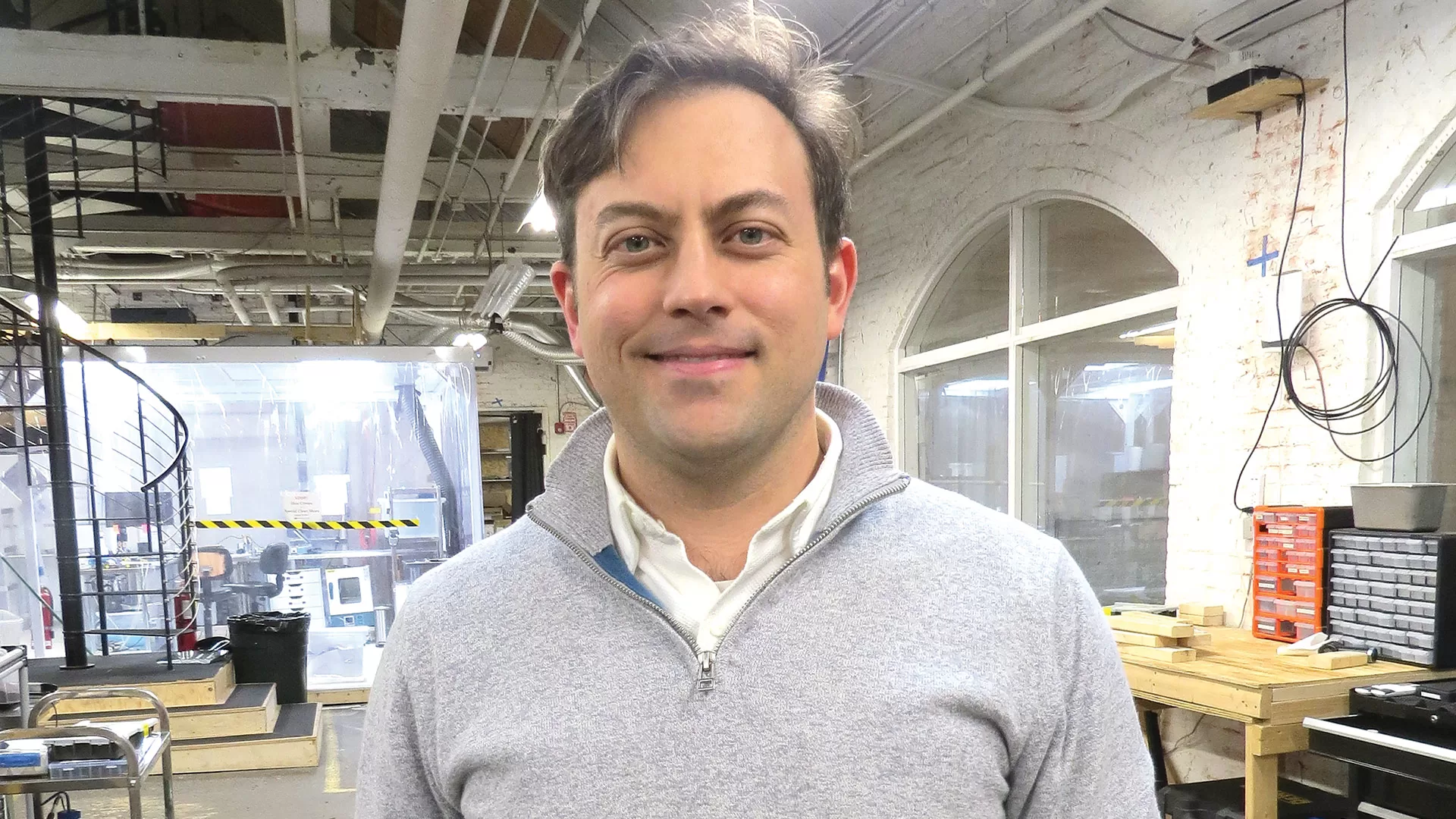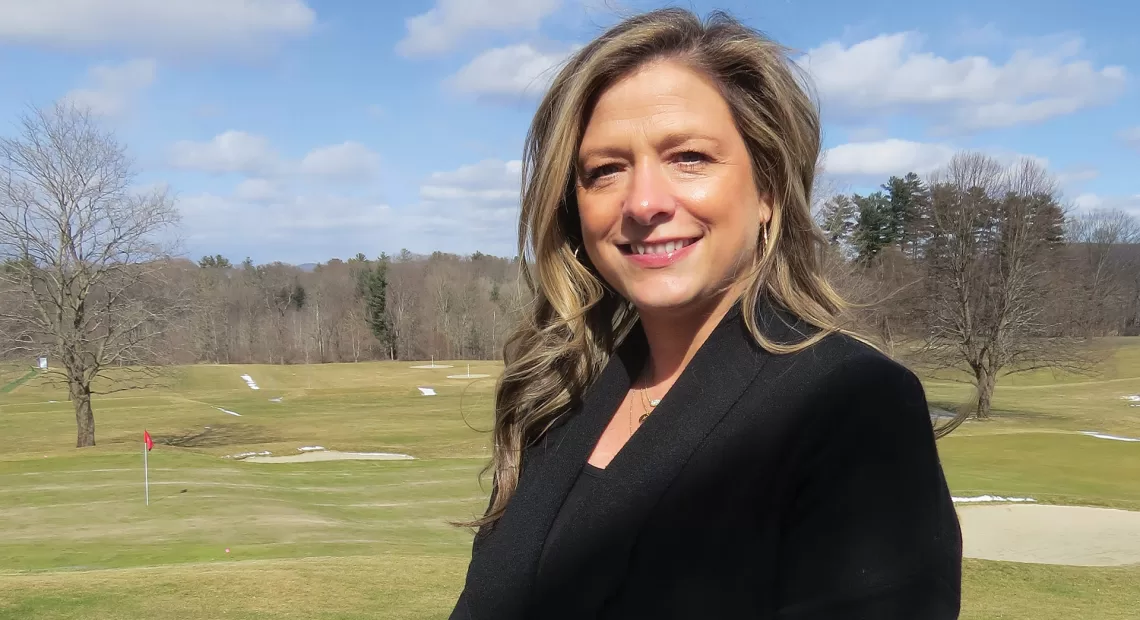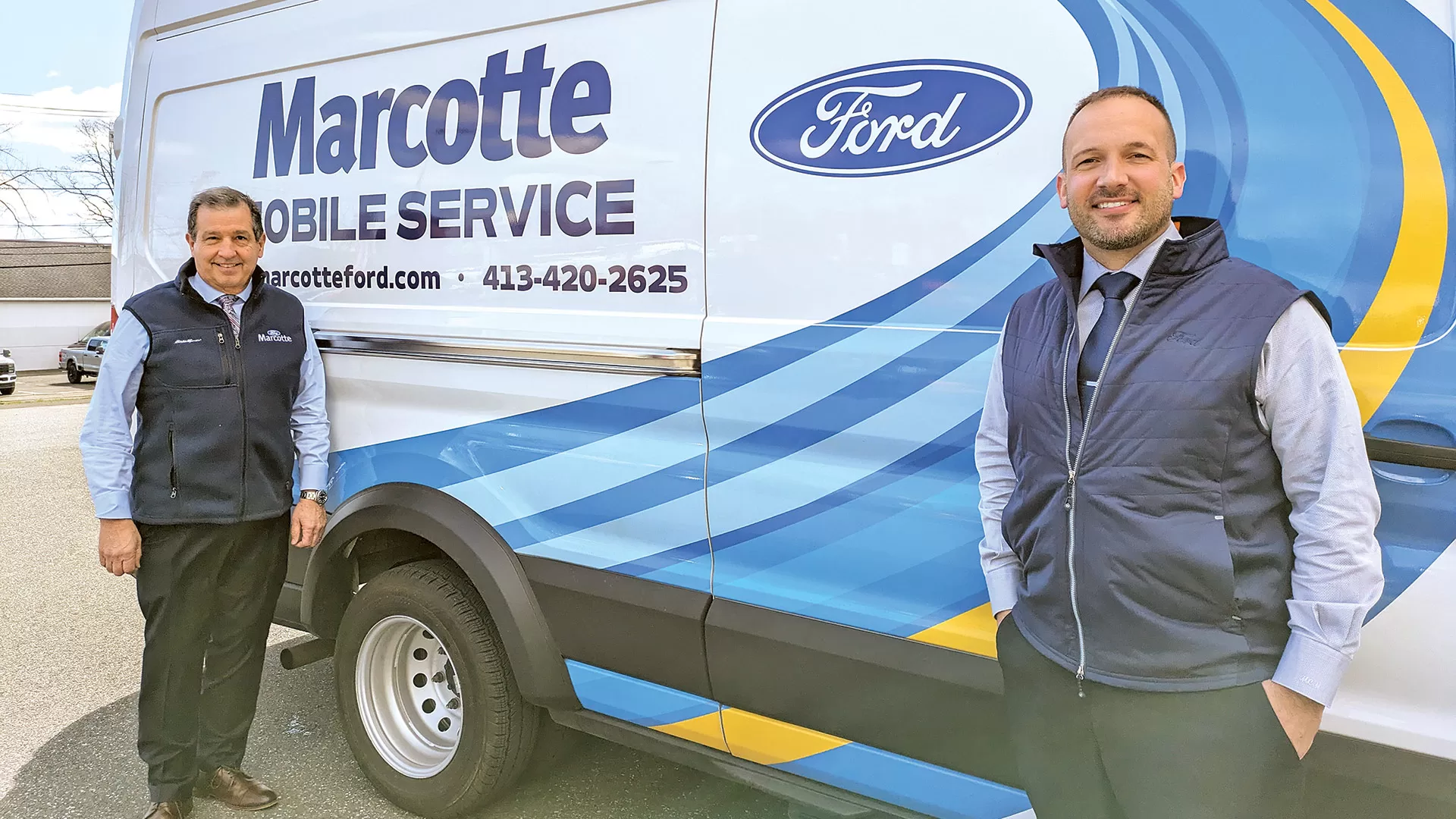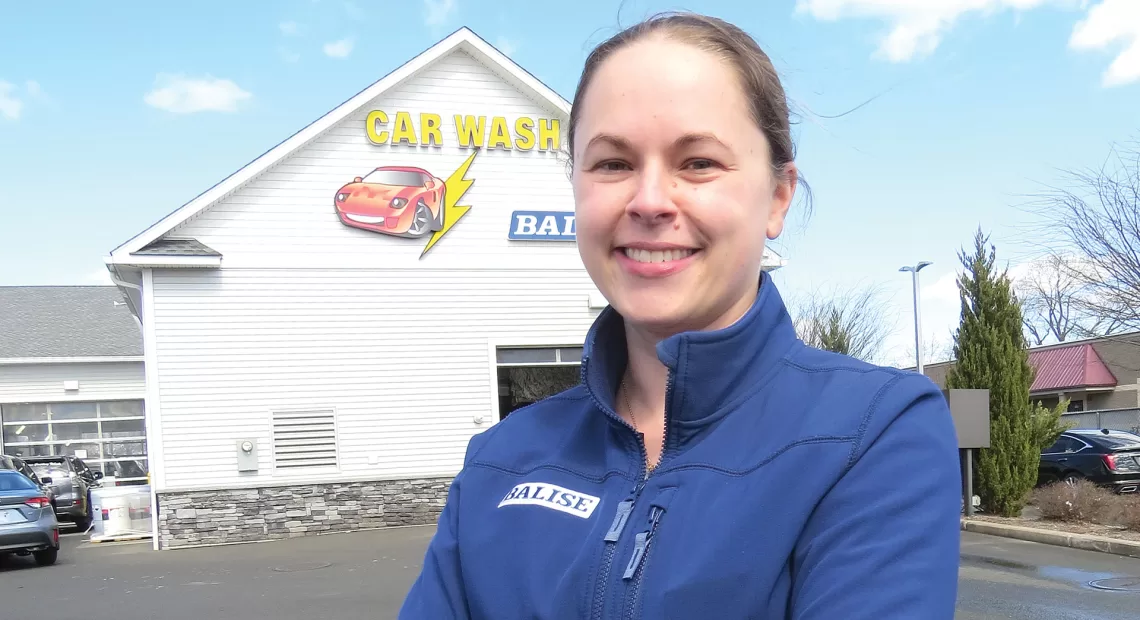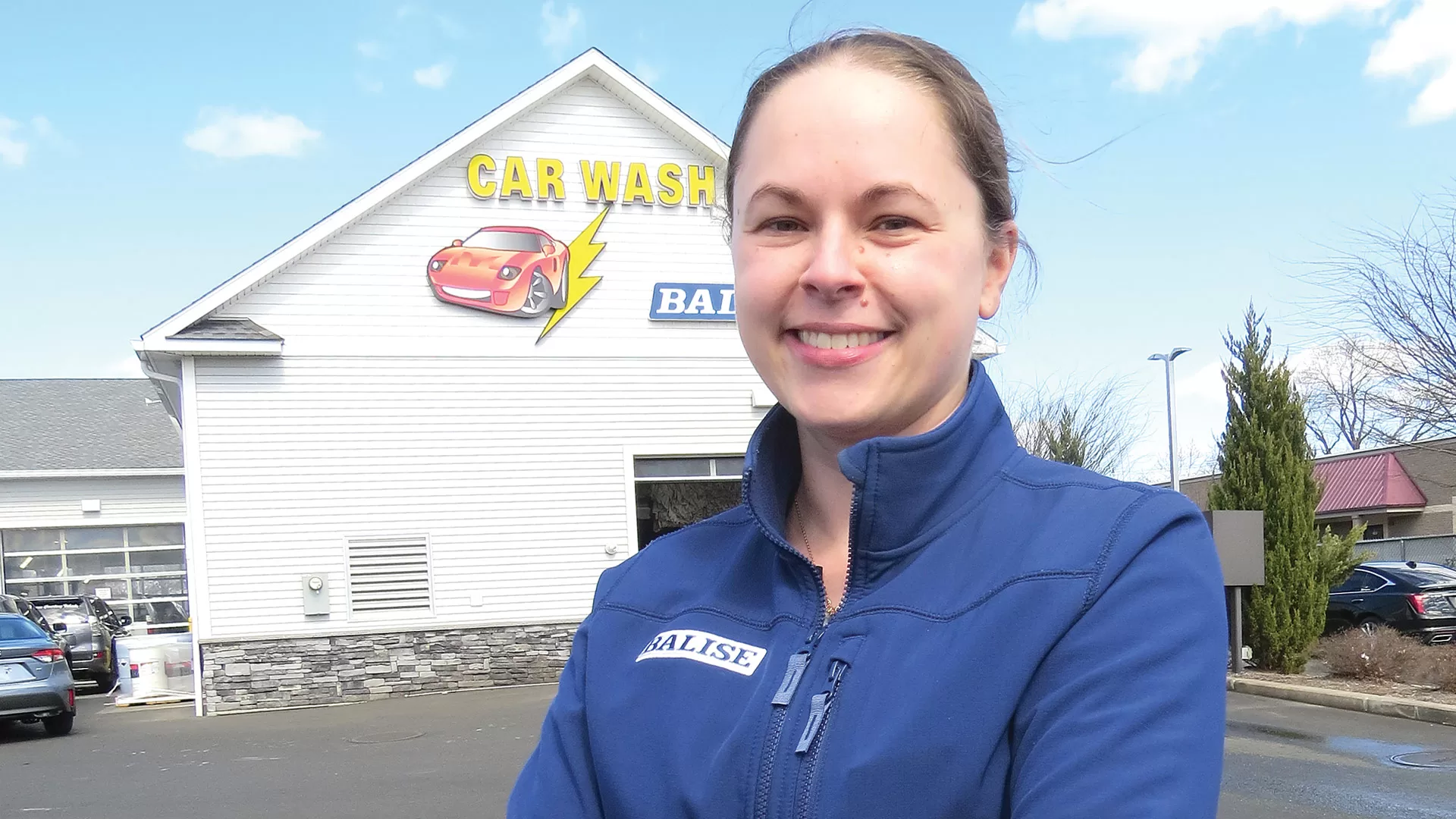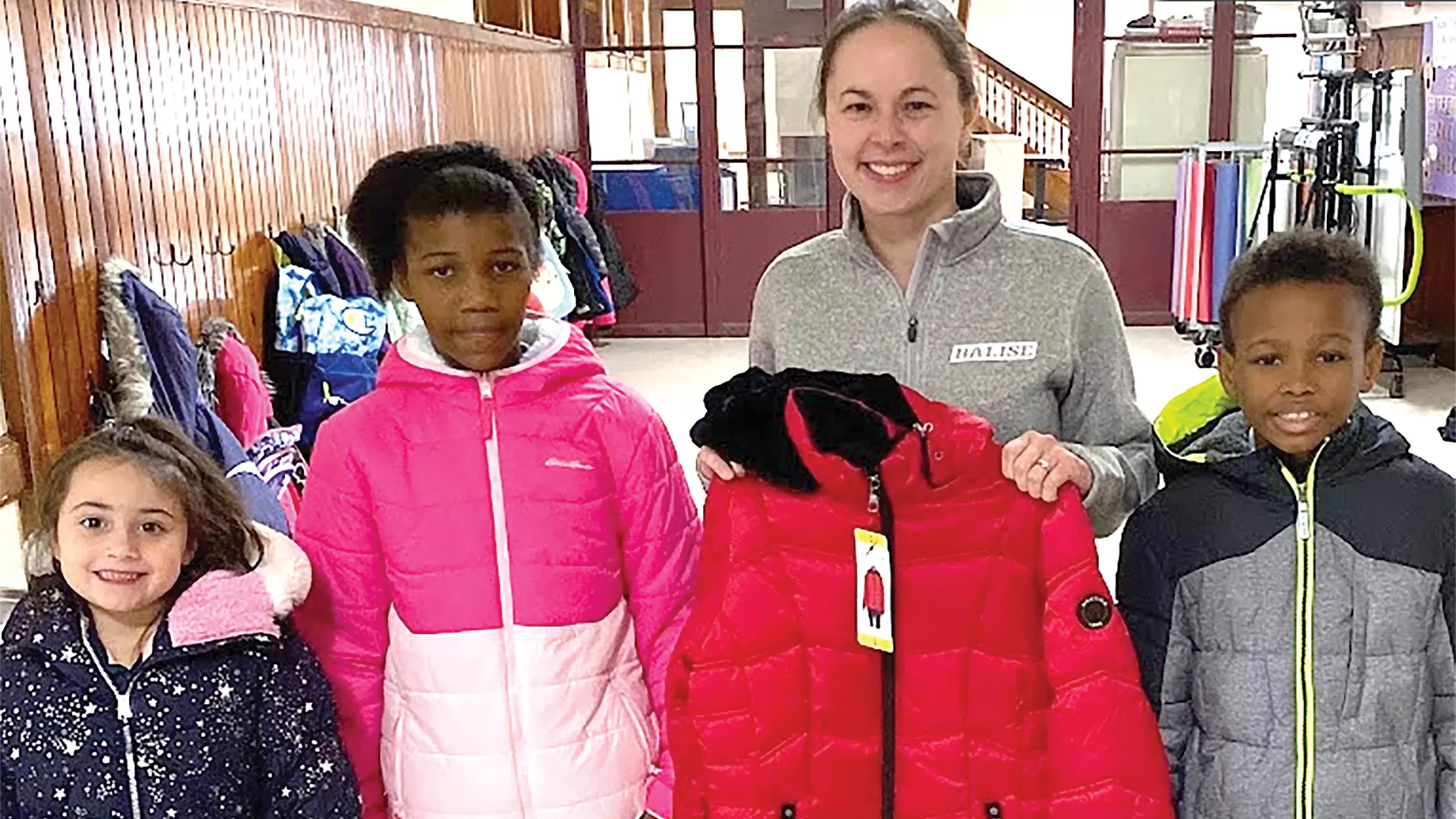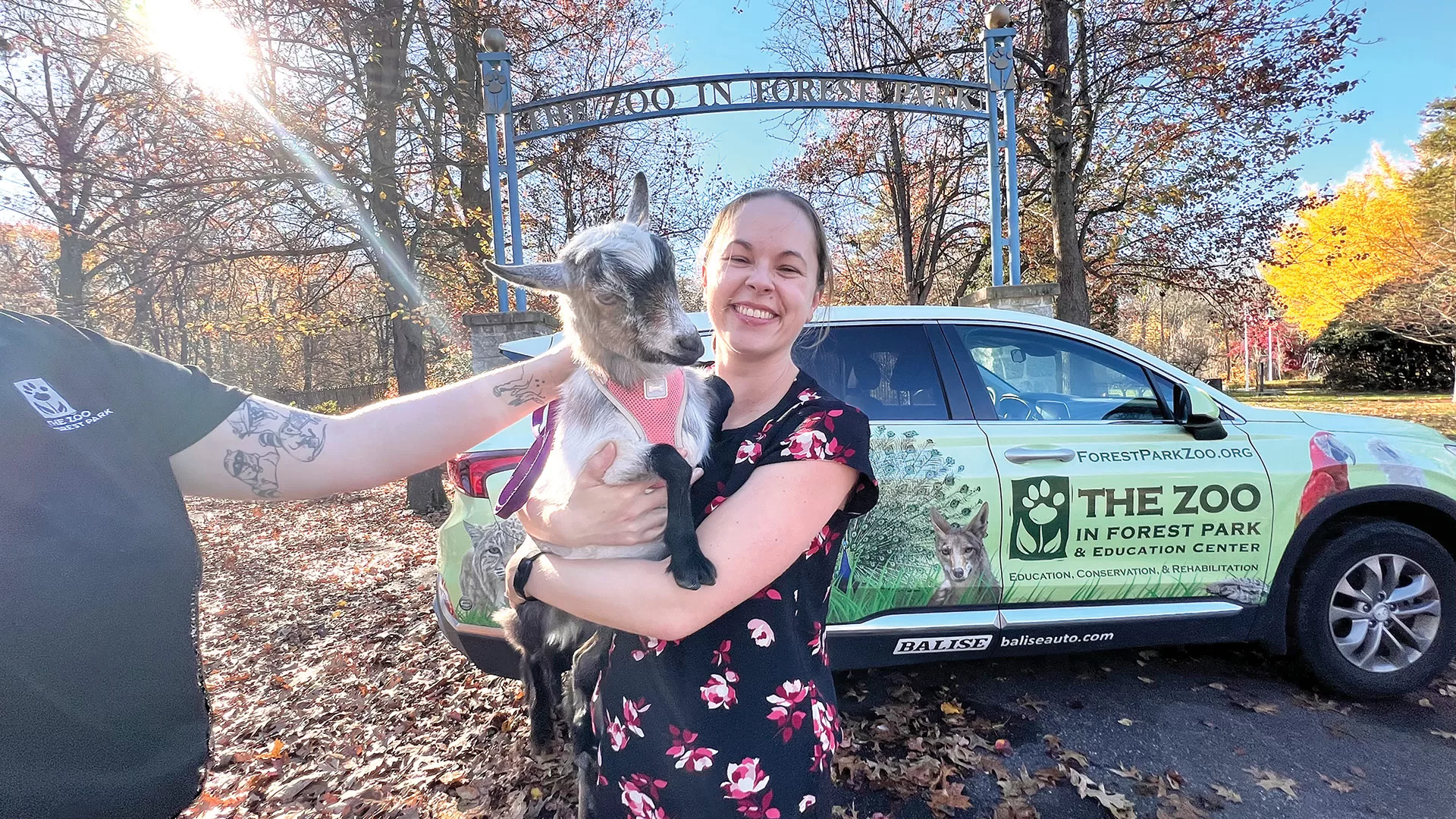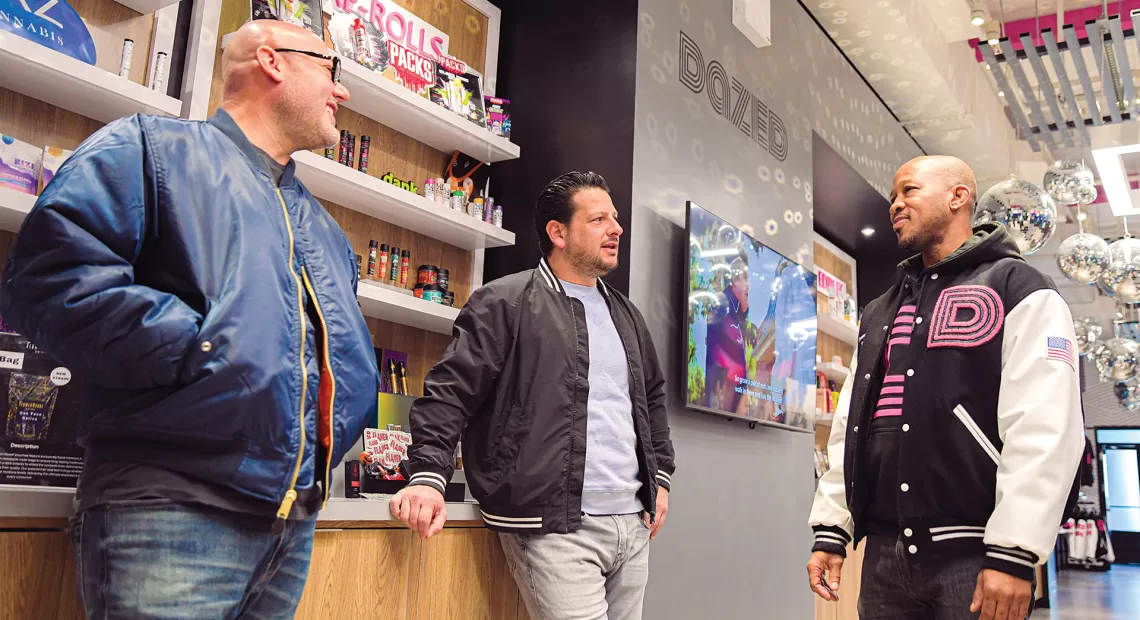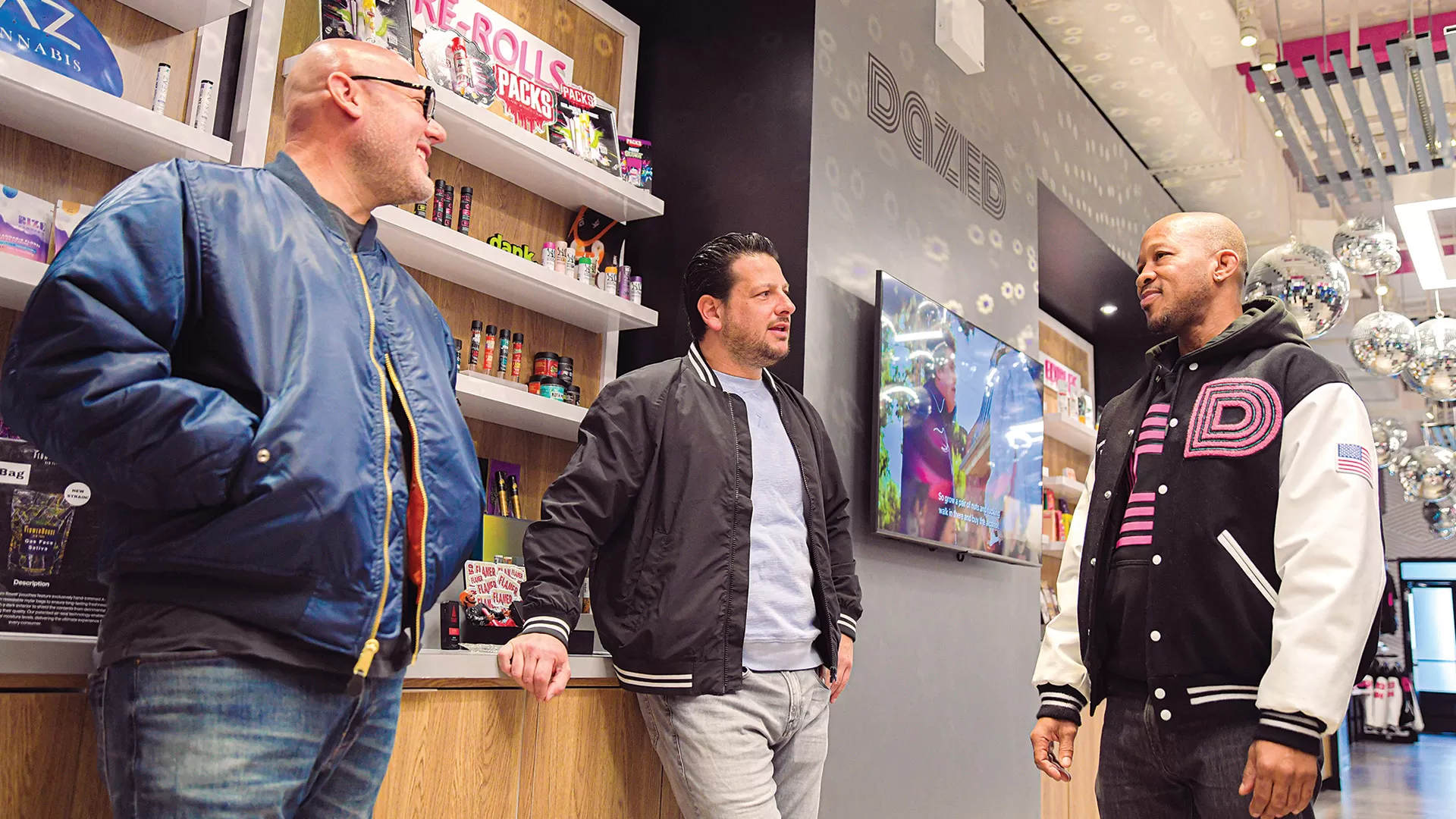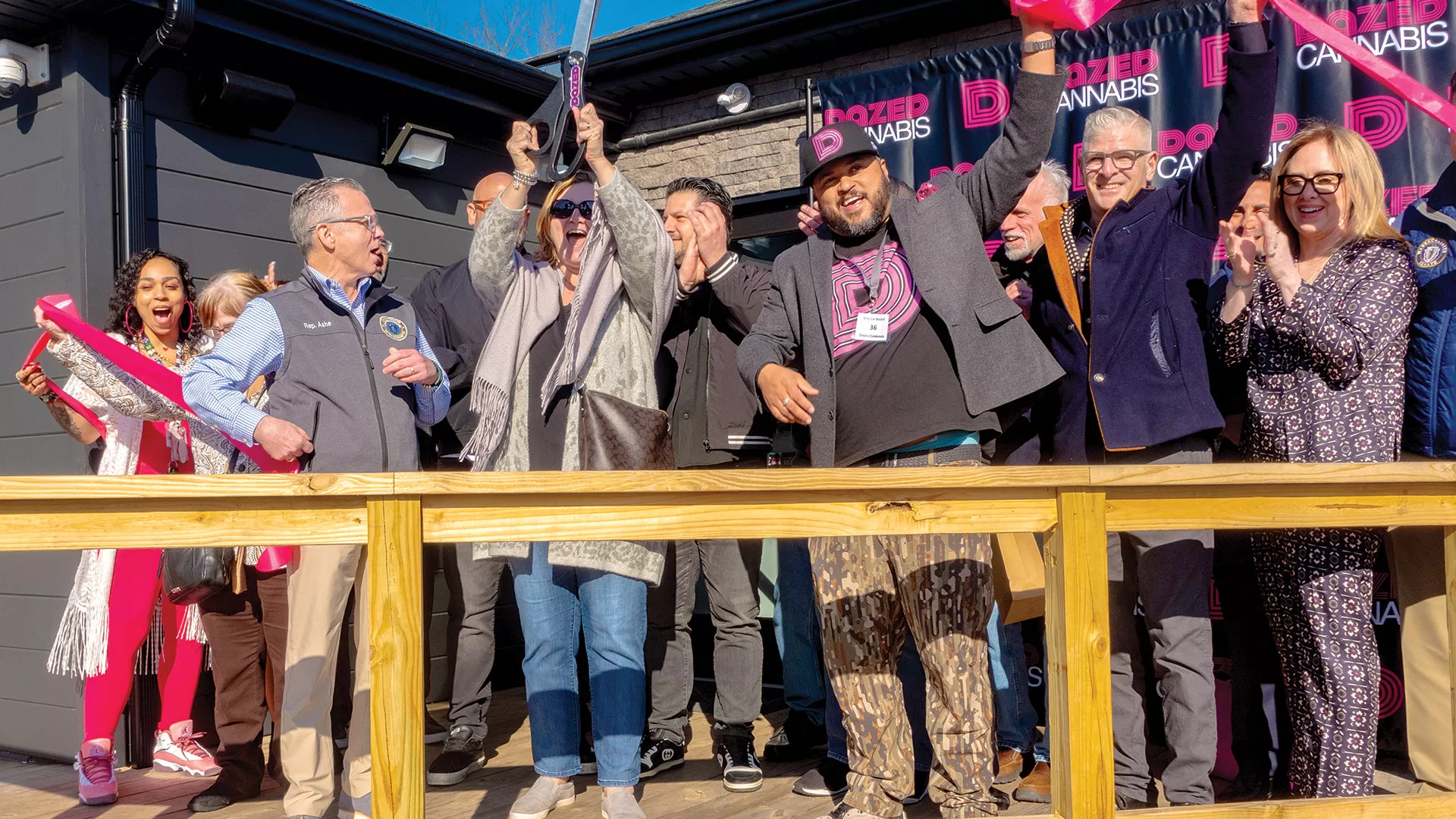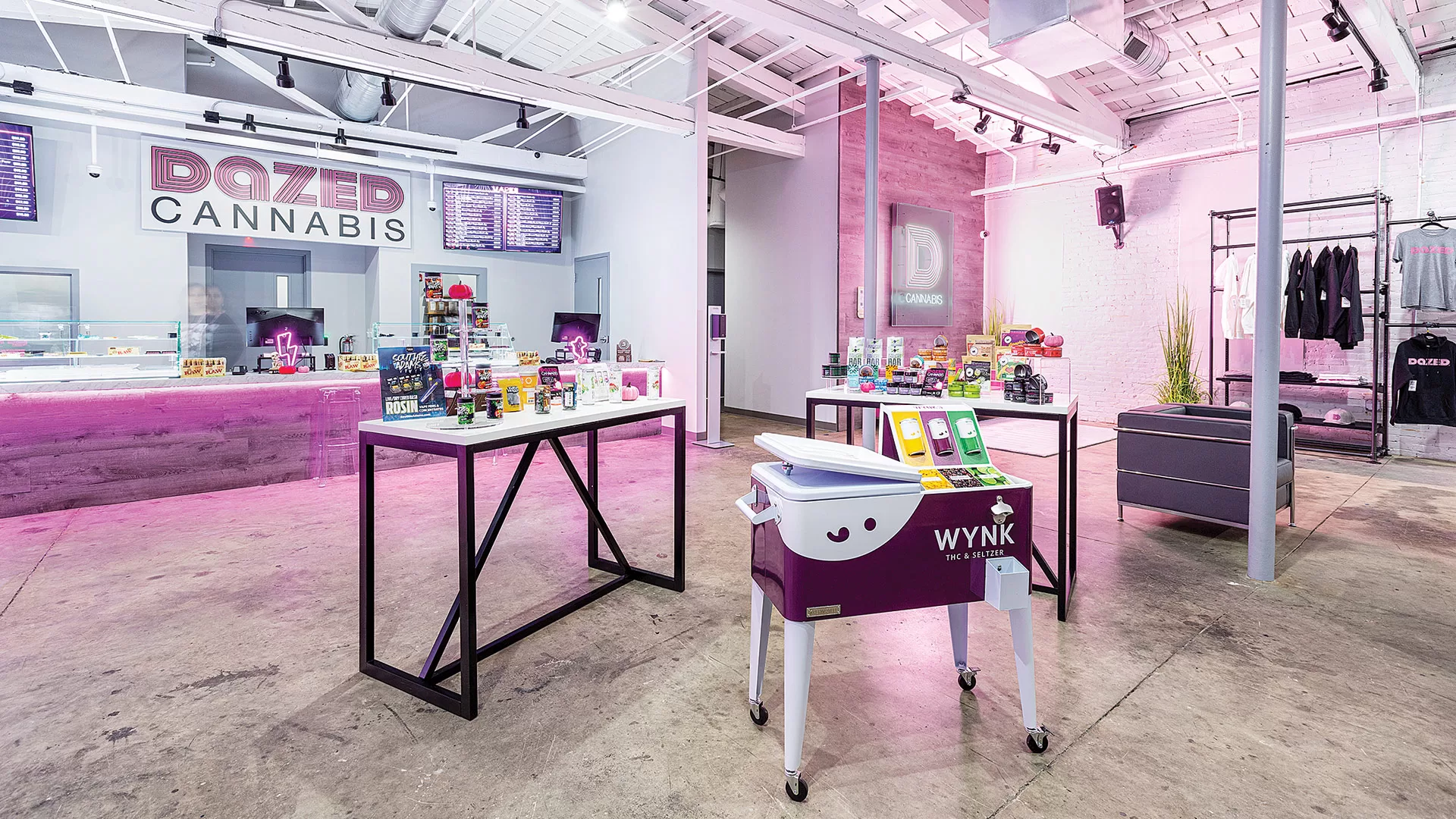Course Correction
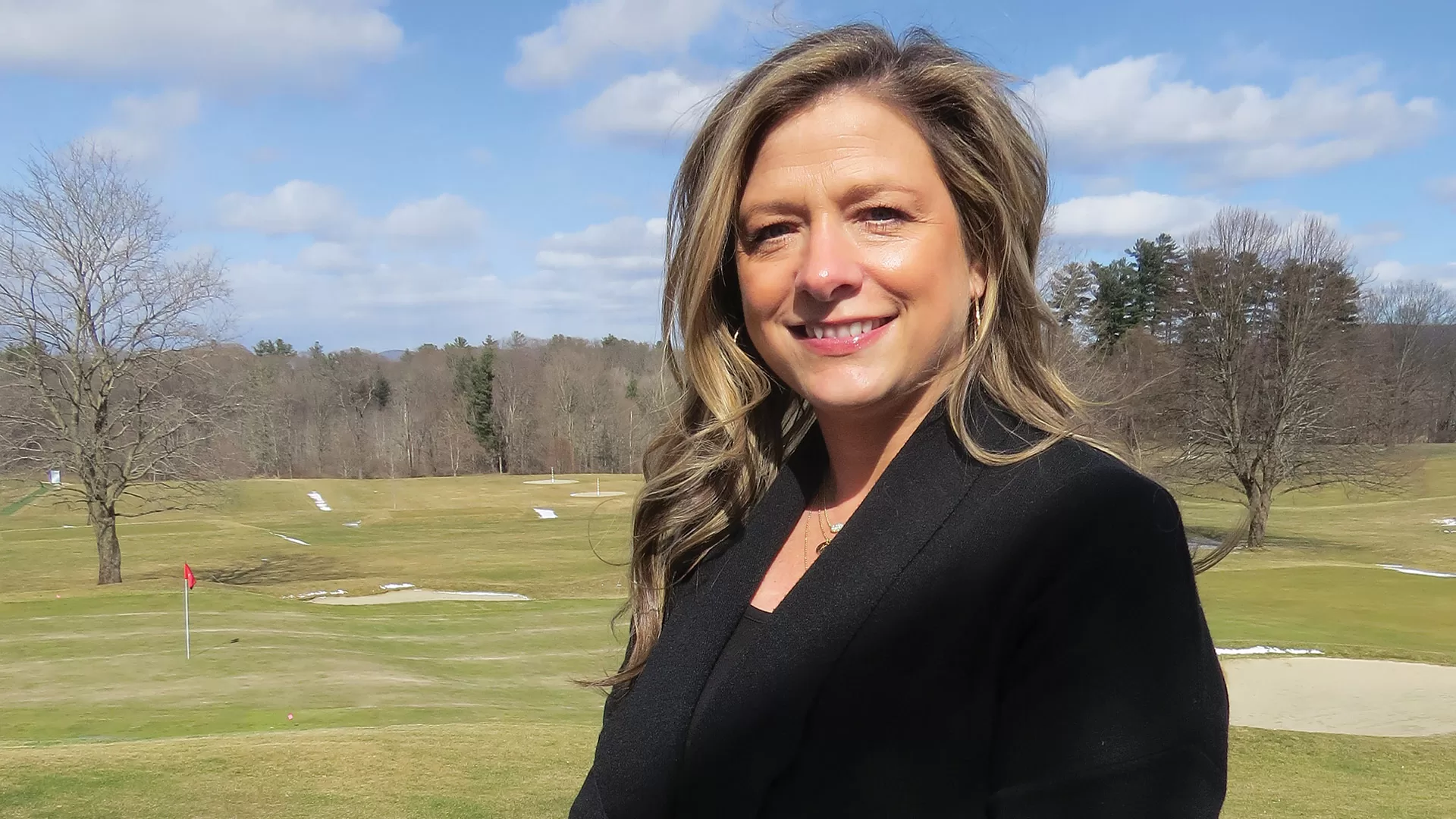
Melissa Aitken says the surge in the sport, and business, of golf enjoyed during COVID continues four years later.
Golfers, regardless of their skill level, know the importance of getting off to a good start.
Indeed, often — but not always, obviously — the first few holes, and even the first few shots, will set the tone for an entire round.
And when it comes to the business of golf, and a specific season, the same is generally true. Usually — but, again, not always — a good start can pave the way to a solid year.
And in recent years, with winters ending early, area courses, especially those with the desire and the means to open before the grass starts growing in earnest, have been able to get off to great starts.
“We’ve had some early springs, and this one is even earlier, and that has helped a lot of courses; for most, this is bonus time,” said Jesse Menachem, executive director and CEO of the Massachusetts Golf Assoc. (MGA). For decades, he noted, players in this area set their watches to Master’s weekend (mid-April) for when to get the clubs out of the cellar and start hitting balls; in recent years, they’ve had to recalibrate and start in mid-March.
But fast starts in the spring, and even the late winter, are not the only things going right for a golf industry that was in many ways on the ropes in the years leading up to the pandemic. Indeed, a surge that resulted from COVID, when there was little else that people could do for exercise and socialization — they couldn’t even play tennis — has had real staying power, said Menachem and others we spoke with, with the MGA’s leader noting a 1% increase in the total number of rounds played last year. That’s a modest hike, to be sure, but the needle is still moving in the right direction.
Bobby Downs, head professional at the Country Club of Wilbraham, said the upswing that started during COVID has continued and even accelerated in some respects, with membership as high as it has been in many years.
“We could take in a few more people, but we’re at a point, just under 400, where we’re very satisfied with the number we have here,” he said, noting this number would have been a pipe dream just five years ago.
“We’ve had some early springs, and this one is even earlier, and that has helped a lot of courses; for most, this is bonus time.”
Melissa Aitken, CEO of the Country Club of Pittsfield, a Donald Ross course that can trace its roots to 1897, cited similar momentum.
“Our club is doing tremendously well,” she said. “We’ve seen a surge in membership, and last year our membership count was the highest it has been since 2008. Post-COVID, we’ve seen an increase of 21% in our membership level. Every year, more and more people are inquiring despite the dues increases that have been necessary since COVID changed the world.”
Other factors benefiting the industry include everything from demographics — Baby Boomers are retiring in large numbers, and many are looking for things to do — to the younger generations embracing the game in some form (maybe not 18 holes every Saturday, but nine holes here and there and an hour of practice), to remote work schedules, which make it slightly easier to get out for a round than being in the office five days a week.
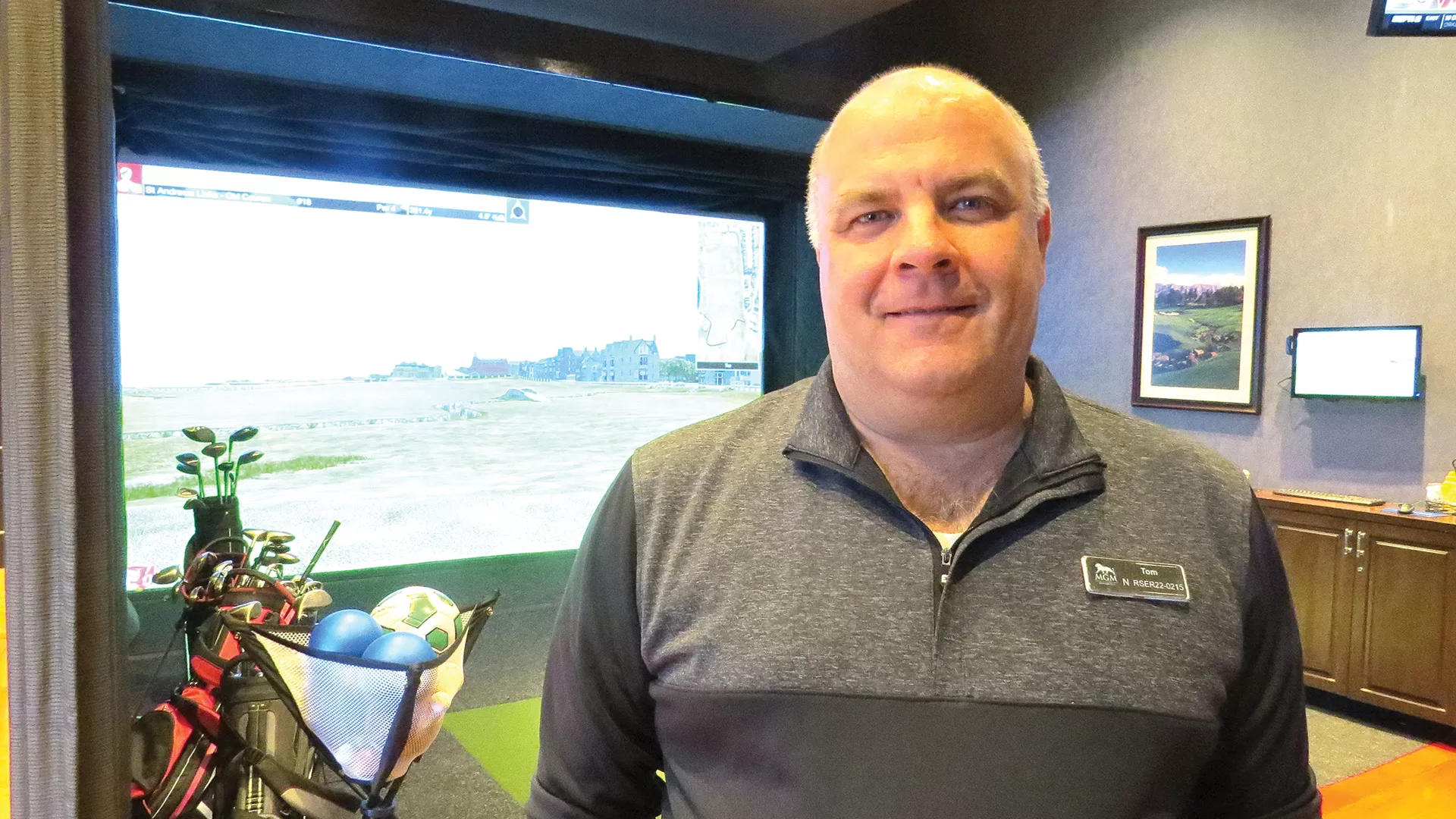
Tom Baron says the Topgolf simulators at MGM Springfield have benefited from the recent surge in interest in the sport.
And these factors are benefiting not only courses, but other components of this business as well, from retail stores to the growing number of facilities with golf simulators; from driving ranges to mini-golf courses.
Dave DiRico, the mostly retired owner of Dave DiRico’s Golf in West Springfield and a former club pro, can speak to all aspects of the business and the current trends. He told BusinessWest that his simulators are booked solid in the winter months (not so much when people can play for real), and that those who took up the game during COVID or returned to it are sticking with it — and buying new equipment while they’re at it.
He’s also seeing and hearing that tee times have been nearly impossible to get in these early days of spring (and more difficult to get in general) and that private courses are at capacity and, in some cases, even have waiting lists.
“I see the game in a very healthy place,” he said. “The golf courses are busy, and the membership in most places is full — or, if they’re not full, they’re nearly full. Young people are getting into the game, and they’re staying with it. The signs are all very positive.”
All this is a far cry from where things were in the years leading up the pandemic. What was a struggling business now has a good lie, as they say in this sport, and it is looking to take full advantage and do some scoring. For this issue and its focus on sports and leisure, we talked to representatives of many facets of the golf business about how the sport has rebounded and why they believe the good times will continue.
Out of the Rough
Tom Baron, senior manager of Food & Beverage at MGM Springfield, who oversees the Topgolf facility on the property, told BusinessWest that the simulators there can provide users with a seemingly endless stream of information to digest and analyze as they work to improve their games.
“They instantly give you the ball’s spin rate, the clubhead speed, whether the clubface was open or closed, the ball speed, the arc … it’s amazing,” he said.
Meanwhile, these simulators can enable users to play some of most renowned courses in the world, from Pebble Beach to Pinehurst No. 2 to the Old Course at St. Andrews, where they can even take a simulated walk over the famous Swilcan Bridge after hitting their drives on the 18th hole.
“I see the game in a very healthy place. The golf courses are busy, and the membership in most places is full — or, if they’re not full, they’re nearly full. Young people are getting into the game, and they’re staying with it. The signs are all very positive.”
Baron said Topgolf, which is open only on weekends, has become an increasingly popular attraction, and event space, at the casino complex, especially on Father’s Day, Master’s week (people play but also watch the tournament on the 12 TVs), and other times. It attracts players of all skill levels, from novices to those who bring their own clubs — and even their own golf shoes.
And, as noted, it enables them to work on their game while also playing courses they’ve only read about or seen on TV.
“The attention to detail on these simulators is amazing,” he said. “Like with the par 3s at Pebble Beach with the waves crashing around them — the technology makes you feel like you’re there.”
But the real surge in golf involves what’s happening at courses right here in the 413, and across the state and the country, for that matter — specifically the continuation of a rebirth that began not quite four years ago.
Indeed, while COVID was a dark time for businesses across all sectors — and it was for golf at the start as well, because courses were included in the wide state shutdown of businesses — it eventually became a blessing for the industry.
In the years leading up the pandemic, the game was suffering. Play was down across the board, at public courses and even at the most esteemed private courses, to the point where some were resorting to something they’d never done (or had to do) before — advertise on various media in the hopes of attracting more members. A few courses in the area actually closed, and others saw their existence threatened.

The mostly retired Dave DiRico, seen here with daughter Carrie Michael and son-in-law Drew Michael, who now manage Dave DiRico’s Golf, says all aspects of the business have flourished recently, including retail.
“We were in a year-to-year situation,” said Downs as he recalled the years prior to COVID. “We were running on such a shoestring that we weren’t sure, at some points, if we were going to stay in existence.
“From 2005 until 2018 and 2019, you saw a steady decline in the number of rounds being played throughout the country,” he went on. “There was not a lot of new people coming into the game, and not a lot of engagement; people who had played the game when they were younger weren’t engaged anymore.”
For many, especially those of the younger generations, the game was too slow, too costly, and too time-consuming. When the pandemic hit, it was still all those things, but it was suddenly far more attractive — because there was little else to do for fun.
So many took up the game while others who had left it returned, sparking a renaissance of sorts. And while courses suffered through seemingly unending rain in 2021, oppressive heat in 2022, and an irritating pattern of rain on weekends in 2023, the arrow has continued to point up in most respects at both public and private courses.
This has been the case despite some persistent challenges that range from the workforce issues now common to virtually every sector of the economy to the rising cost of everything from fertilizer to the chicken served at the 19th hole or the club’s restaurant.
Aitken said there are many factors contributing to the growing popularity of the game — and better times for clubs like hers, everything from young people getting involved to a broad focus on fitness to families moving from larger urban centers to more rural areas like the Berkshires.
“Our membership is driven by our dual residents who join us from May to October every year, as they come back to their summer homes in the Berkshires,” she explained. “We’re primarily 65 years and over, but with COVID, many young families moved out of the city and made their way home to the Berkshires, so it’s been great to see the increase in young families not only at the club but in Berkshire County.
“I think the fitness and health-conscious mindset also plays a big part in our daily lives now, so many people are joining the club to be outdoors, get exercise, and be with their friends,” she went on. “I strive to make our club a home-away-from-home environment, and I think it’s that feeling of family and familiarity that makes our club really special in our area.”
Round Numbers
As for young people, while golf is still too slow for some, many are discovering the game and sticking with it, said Aitken, adding that this bodes well for the game long-term because people can play the sport into their 70s and 80s.
“I’ve seen a large increase in the interest of the younger generation,” she told BusinessWest. “My son is a freshman in high school, and they had more than 20 students try out for the golf team last year, which is higher than our town of Dalton has ever had. I think the popularity of younger golfers like Justin Thomas, Rickie Fowler, and Rory McIlroy have increased the desire for young students to try out the game of golf as well. Shows like the Netflix series Full Swing certainly don’t hurt either.”
Downs agreed, but noted that clubs must be proactive and try to bring young people into the game through youth programs, membership options, and more.
“One of the first things I did when I took over here seven years ago was get in touch with the town’s Recreation Department and try to create a good relationship with them,” he recalled. “We grew our PGA Junior League program from where there were maybe 15 kids involved to where, two years ago, there were more than 60.”
While more younger people are certainly finding the game, the current surge is essentially across the board, said those we spoke with. And it is manifesting itself into what could be called good problems to have for clubs — full membership and full tee sheets, for example — that have forced them to turn some people away.
Indeed, DiRico recalled being in his store one weekday earlier this month, talking with customers who struggled, in vain, to find a tee time at the courses that were open for business.
They will certainly have better luck as more clubs open their pro shops in the days to come, he said, but the pandemic boost has shown to be resilient thus far, enduring inflation and all that bad weather mentioned earlier.
And, as noted, the surge has trickled down to not only courses, but the many other facets of the game, including retail.
DiRico noted that, as soon as Golf Digest publishes its annual Hot List of the newest equipment, from drivers to irons to putters, good players, but also those at all levels, will come in to see and try what they’ve read about. But this annual spike has been helped by new players, and returnees, who have stuck with the game since COVID and now want to upgrade what’s in their bag.
“Over the past two or three years, there’s more golfers than ever before,” he said. “More people took up the game — spouses who had never played before, kids who never played took up the game. Now, these people have become repeat customers; those people who bought used clubs are now buying new clubs.”
That’s just one of many signs that a game that was certainly in the rough just a few years ago has found its way onto the green and, more importantly, on the path to a very solid future.





